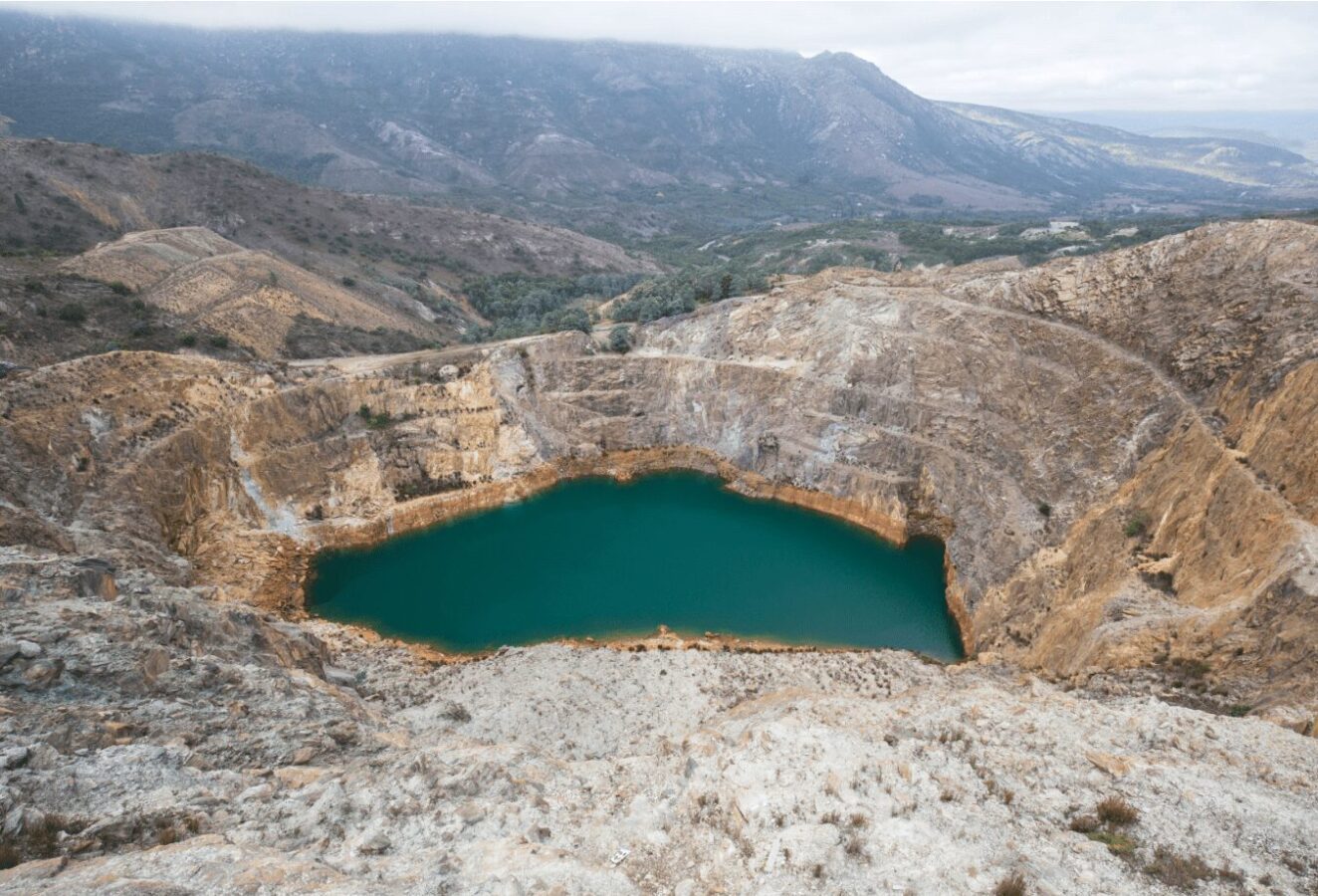The west coast of Tasmania is known for its rugged, untamed nature - with a cool, temperate and wet climate, contrary to the European image of Australia. Rainfall of well over 2000mm per year on the west coast results in a dense, temperate rainforest. 21.5% of Tasmania is now covered by the island's 19 national parks. This means that there is still a lot of unspoilt and protected nature with endemic plants and animals. Rare animal species such as the platypus and the Tasmanian devil are native to the island.
On the other hand, the west coast of Tasmania is known for its wealth of raw materials and long history of mining. This led to major environmental destruction due to the common practice of smelting and the disposal of mining residues. At the Mt Lyell Mine in Queenstown, for example, copper, gold and silver were extracted for over a century (from 1893 to 2014). This made Western Tasmania the largest copper producer in the southern hemisphere in the 20th century.
A common practice in the past was to dispose of the processing residues in a nearby river, which transported the waste to the sea free of charge. As the ore in the region is sulphidic and not stable under oxidising environmental conditions on the earth's surface, acid mine water formed - with dramatic environmental consequences. In addition, the ore used to be smelted directly on site, without any modern pollution control. This led to acid rain and subsequently to the deforestation of a large area. Added to this were the numerous open-cast mines, spoil tips and tailings ponds, which gave the region the appearance of a lunar landscape.
In the 1990s, great efforts were therefore made to reduce the environmental impact, which was due in particular to the very early phase of smelting. Large-scale reforestation and other measures were planned, some of which were carried out. However, resistance to the renaturalisation measures quickly arose among the locals. They were concerned that tourism, which was slowly replacing mining as the main employer, could disappear. This fear was based on the fact that the lunar landscape attracted geotourism. A restored rainforest would have attracted fewer tourists and at the same time would have made the mining history forgotten. As a result, many felt their livelihoods were threatened if the landscape, which had been devastated for almost a century, was returned to a near-natural landscape.
The conclusion that can be drawn from this example is that all three pillars of sustainability must always be considered for sustainable action. If the financial resources are available and ecologically sustainable projects are planned, this does not mean that the project is socially sustainable for everyone involved just because a better environment is being created. In the example of Down Under, awareness-raising campaigns and solution-orientated discussions with the locals might have helped achieve the goal of renaturation. A sensitive approach to the concerns of local residents can therefore be essential for the success of a project. This is why we at the M&P Group always endeavour to take all the pillars of sustainability into account in a balanced manner when working on our projects.


